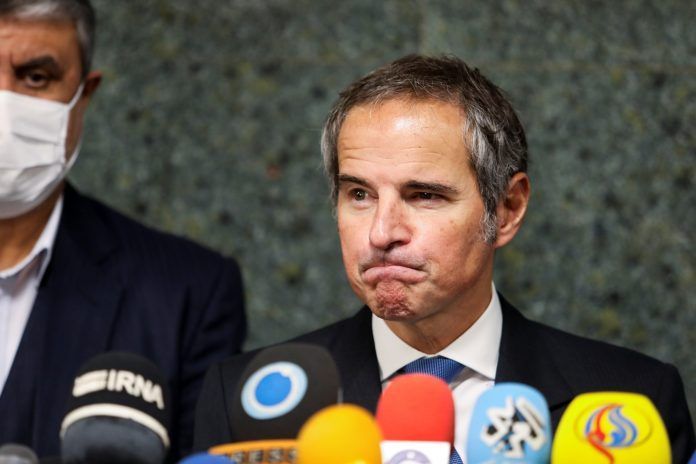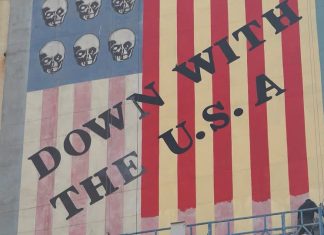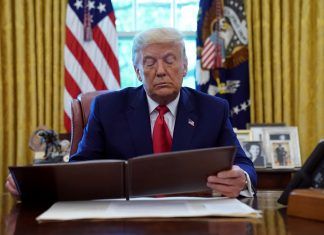
By Francois Murphy
VIENNA, Dec 17 (Reuters) – The United Nations atomic watchdog has doubts that footage from a surveillance camera at an Iranian centrifuge-parts workshop is missing after an apparent attack there in June, even though Iran has not produced it, the agency’s head said on Friday.
The issue was not addressed by an agreement between Iran and the International Atomic Energy Agency on Wednesday to let the IAEA re-install cameras at the Karaj workshop that Iran removed after the apparent attack, which Tehran blames on Israel.
The agreement should end a months-long standoff over IAEA access there.
One of four IAEA cameras at Karaj was destroyed in the June incident. Iran removed all four cameras and showed them to the IAEA, but the destroyed camera’s data storage device was not included. The IAEA and Western powers have been asking Iran to explain, unsuccessfully so far.
“We have doubts about that and this is why we are asking, ‘Where is it?’” IAEA head Rafael Grossi told a news conference when asked if it was credible that the footage simply vanished.
“I am hopeful that they are going to come up with an answer because it’s very strange that it disappears.”
The agreement on Karaj avoided a diplomatic escalation that threatened to scupper wider talks on rescuing the 2015 Iran nuclear deal.
The cameras are aimed at verifying Iran is not secretly siphoning off the parts for uranium-enriching centrifuges that are made there, but the footage will remain under seal in Iran, so the IAEA cannot view it for now, as has been the case at various locations since February.
The IAEA has not been able to verify whether Karaj has resumed operation but Grossi said “it would be a logical conclusion” that advanced centrifuges recently installed at Fordow, a site buried inside a mountain, came from there.
(Reporting by Francois Murphy; Editing by Kevin Liffey and Angus MacSwan)





